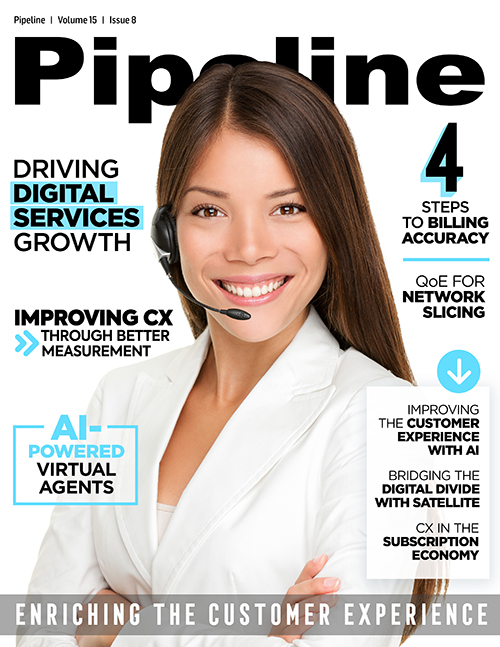Letter from the Editor

In the letter from the editor last month, I wrote about how pervasive
mobility was—at the end of the day—all about connecting people. This month, our issue theme is "Enriching the Customer Experience," and it's all about serving people. And by people, I
mean your customers.
Over the years, we've watched Customer Experience Management (CEM) evolve from hype to a collective industry "me too" and ultimately—I'm
happy to say—culminate with actual technology that can help. Technology that can help you—and more importantly your precious customers. It also comes with the flashy
new CX moniker, which is catchy.
Customers have a simple expectation: to be served. They don't want to—and certainly don't like to—interact with you if they don't have to. They just want superior service. They don't want to
be proactively notified of service outages (i.e. CEM circa 2015); they don't want to know the error ever occurred. They don't want to have to call you, wait on hold, navigate through an IVR
system, or worse: talk to an unskilled customer service agent who knows little to nothing and can do little or nothing to solve their problem. Or far, far worse: call, wait on hold, go
through an IVR, and then get to an unskilled agent who wants to bill you to resolve your problem (as was my recent experience with Comcast, surrounding two faulty
set-top-boxes). But I digress.
The solution—it would seem—would be to attract and hire a drove of highly skilled workers and arm them with the systems, tools and training they need to resolve customer issues to
enable first-call resolution. Seems easy: direct-dial a competent person who solves the problem before you get off the phone. Well...not so fast. Sprint tried that in the early 2000s, but
there was this little thing called profitability that got in the way. Unfortunately good, skilled workers are as rare as they are expensive. And bad workers are unreliable, tarnish your
brand, and can be a serious liability.
Automation—then it would seem—would be the next logical step. And, to a large degree you would be right. But not entirely. Take IVR, for example. While it provides automation to help the
operator, it provides a terrible customer experience. No one wants to talk to a robotic voice that directs them to information they already have, or repeat it once they have been sufficiently
frustrated and finally get a live body on the other end of the phone. Nobody likes IVR. Nobody. Enough said.
The answer, my friends, is a wonderful blend of automation and smart humans. The right balance of invisible fixes and data sharing between systems, while providing intelligent customer
interactions, and personalized, professional service—when it's needed.
In this issue of Pipeline, we explore how to enrich the customer experience by leveraging the latest technology. We hear from Consolidated Communications on how AI-powered virtual agents
are improving their customers' experience, and from SmartAction on how
AI can be used to enhance CX. We hear from Oracle and
Apptium on how the new digital subscription
economy is changing customer expectations. We hear from Spirent on Quality of Experience for 5G network slicing, Newtec tells us how satellite can be used to bridge the digital divide, The Cable Center (TCC) shares
CX measurement techniques, and Pramata gives us four steps to billing accuracy. And, we provide a summary of
the month's telecom industry news.
We hope you enjoy this and every issue of Pipeline,
Scott St. John
Managing Editor
Pipeline



















